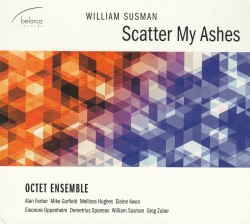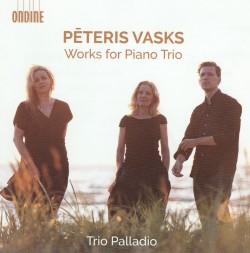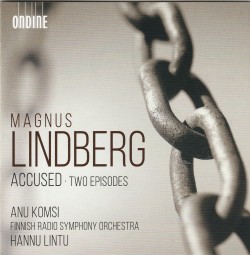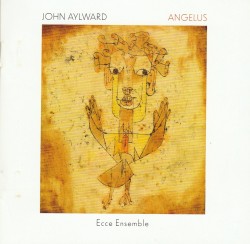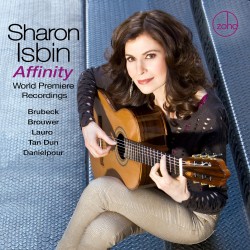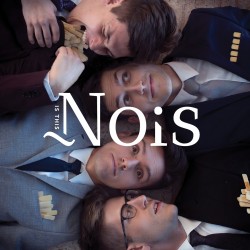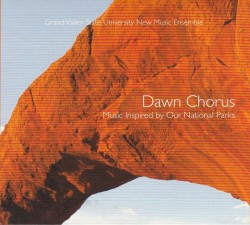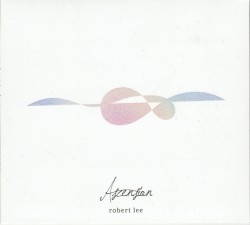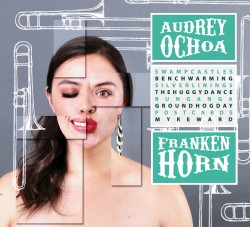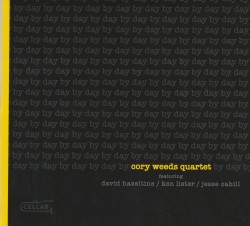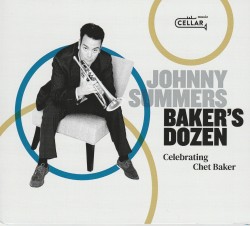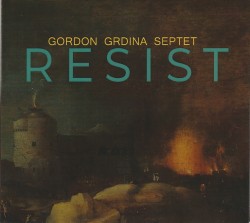Philip Glass: Music in Eight Parts - Philip Glass Ensemble
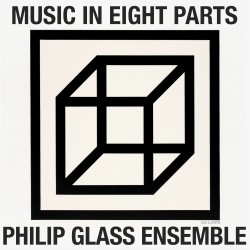 Philip Glass – Music in Eight Parts
Philip Glass – Music in Eight Parts
Philip Glass Ensemble
Orange Mountain Music (orangemountainmusic.com)
There is a type of sensual, corporeal and self-encompassing sensation that can occur with grand-gesture music – Eduard Hanslick’s “warm bath” of the symphony, for example. This visceral feeling is equally true here, as listeners are invited to slip in and immerse ourselves in this “new” Philip Glass work, which is actually a 1970 score that went missing, and accordingly, unrecorded, until surfacing at Christie’s Auction House in late 2017.
Like much of Glass’ work, repetition, in this case dynamically intensifying and iteratively building over eight parts, takes on a hypnotic effect, lulling attuned listeners to an otherworldly place of self-reflection and meditation. It is precisely this sort of self-reflexivity that gloms onto Glass’ sometime identification as a post-modern composer, as the repetition brings with it a type of sameness that allows the mind to wander and find its own truths, experience and beauty within the music. In this way, Music in Eight Parts, reminds me of David Foster Wallace’s (another artist who bristled with the postmodern label) unfinished, and posthumously released, The Pale King, where the banal minutiae of the everyday vocational routine of Peoria-based IRS collectors during the 1980s is presented with such intricate detail that readers are potentially swept away to a higher level of mindfulness and consciousness.
While Music in Eight Parts may be a composition from the Nixon era, this recording (remote assembling?) is truly of the 2020 pandemic age, with all parts recorded separately by Philip Glass Ensemble members, and then produced, mixed and mastered by Michael Riesman, without togetherness, in-person interaction or “performance,” at least not in the way that many have traditionally understood that term. However, despite the appropriate and necessary distanced and clinical construction of how the recording came together, the result is warm, inviting and well worth adding to your music collection.


